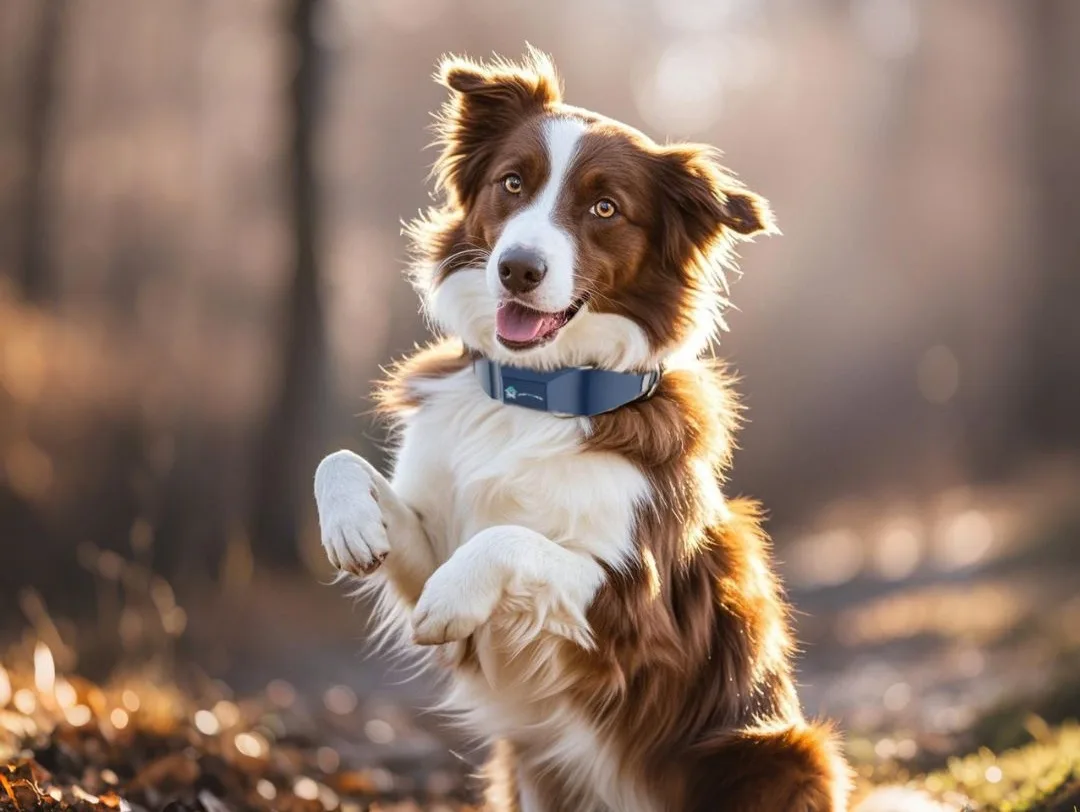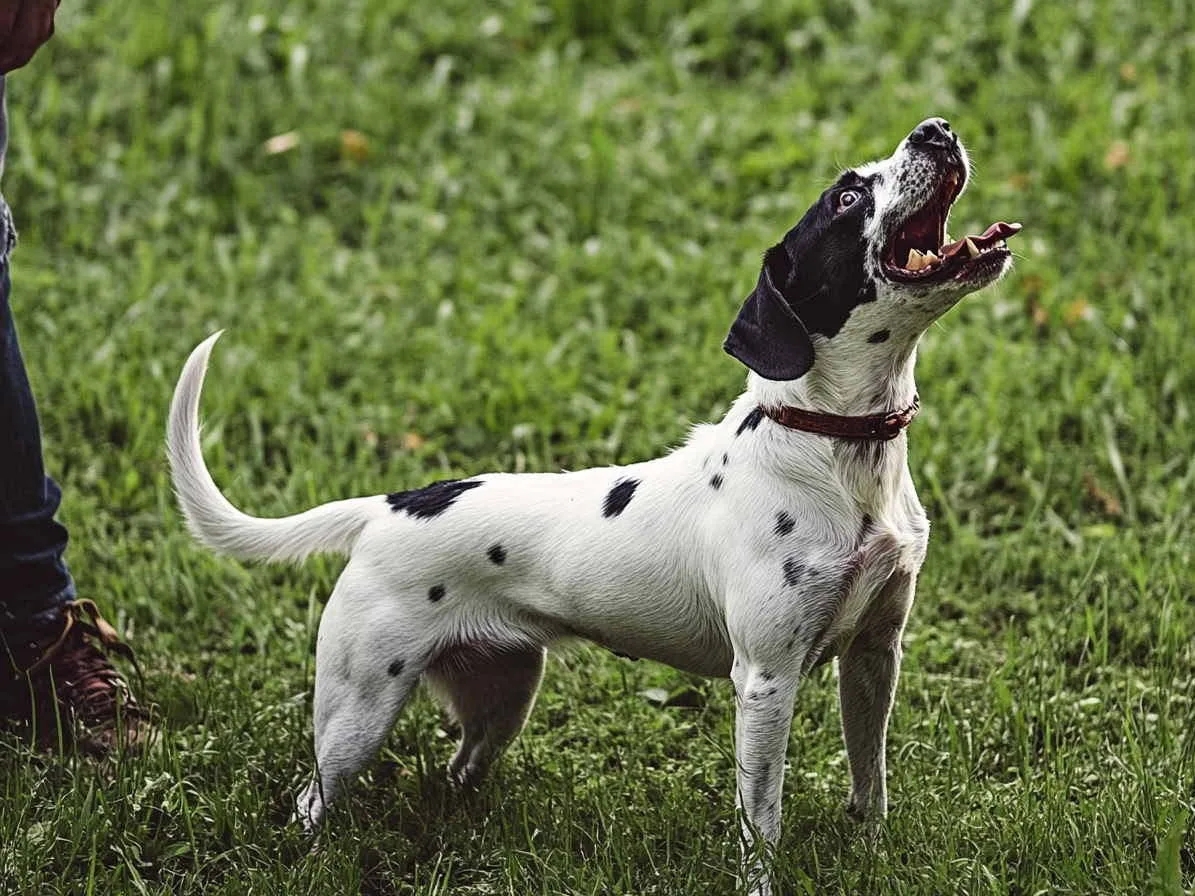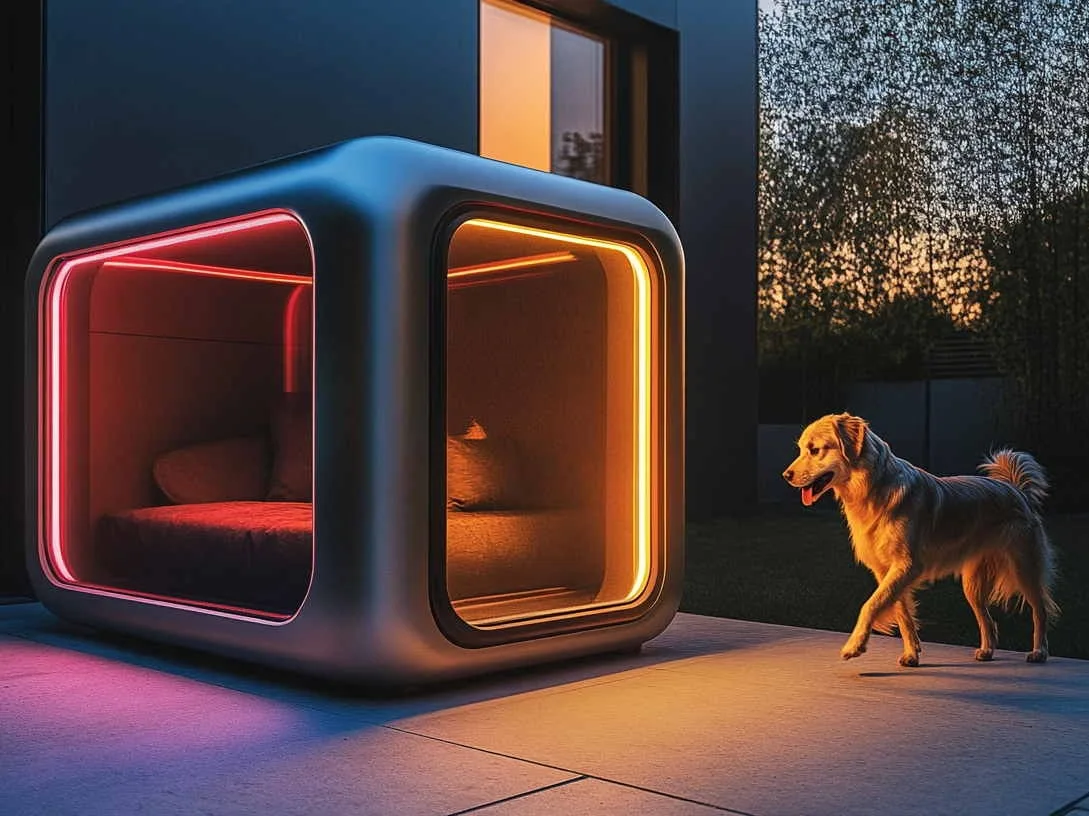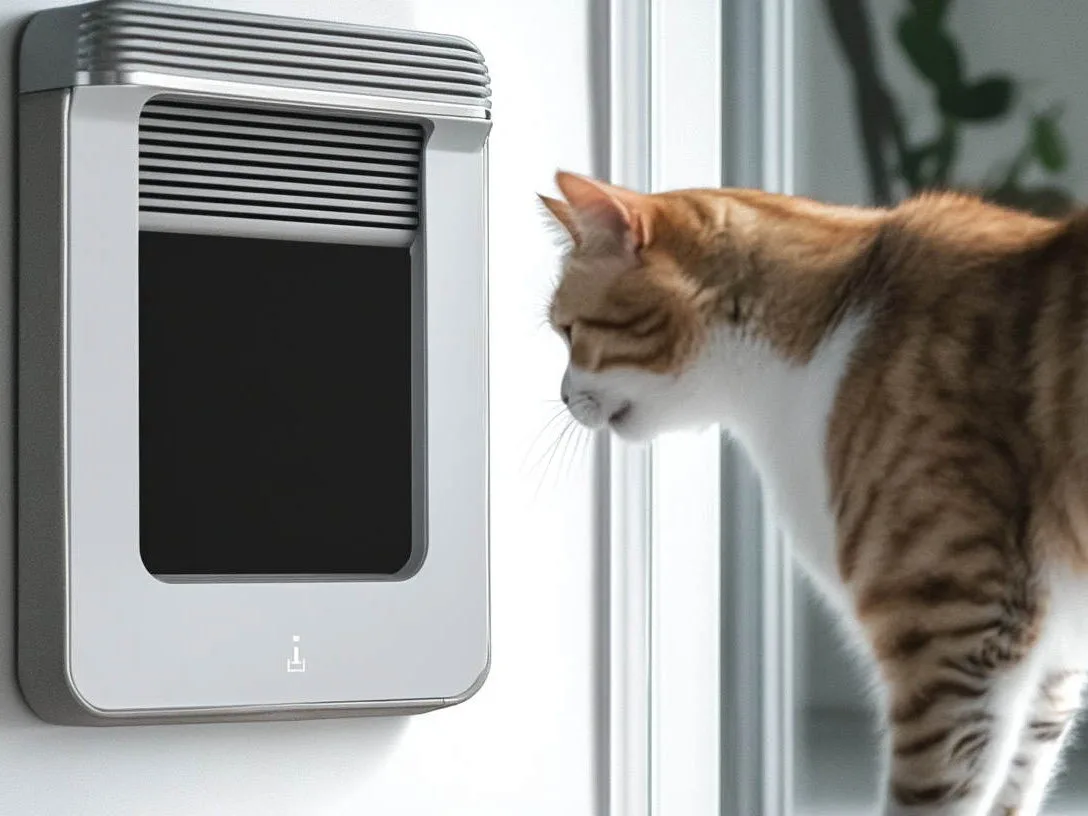SPH
2025.02.12
157
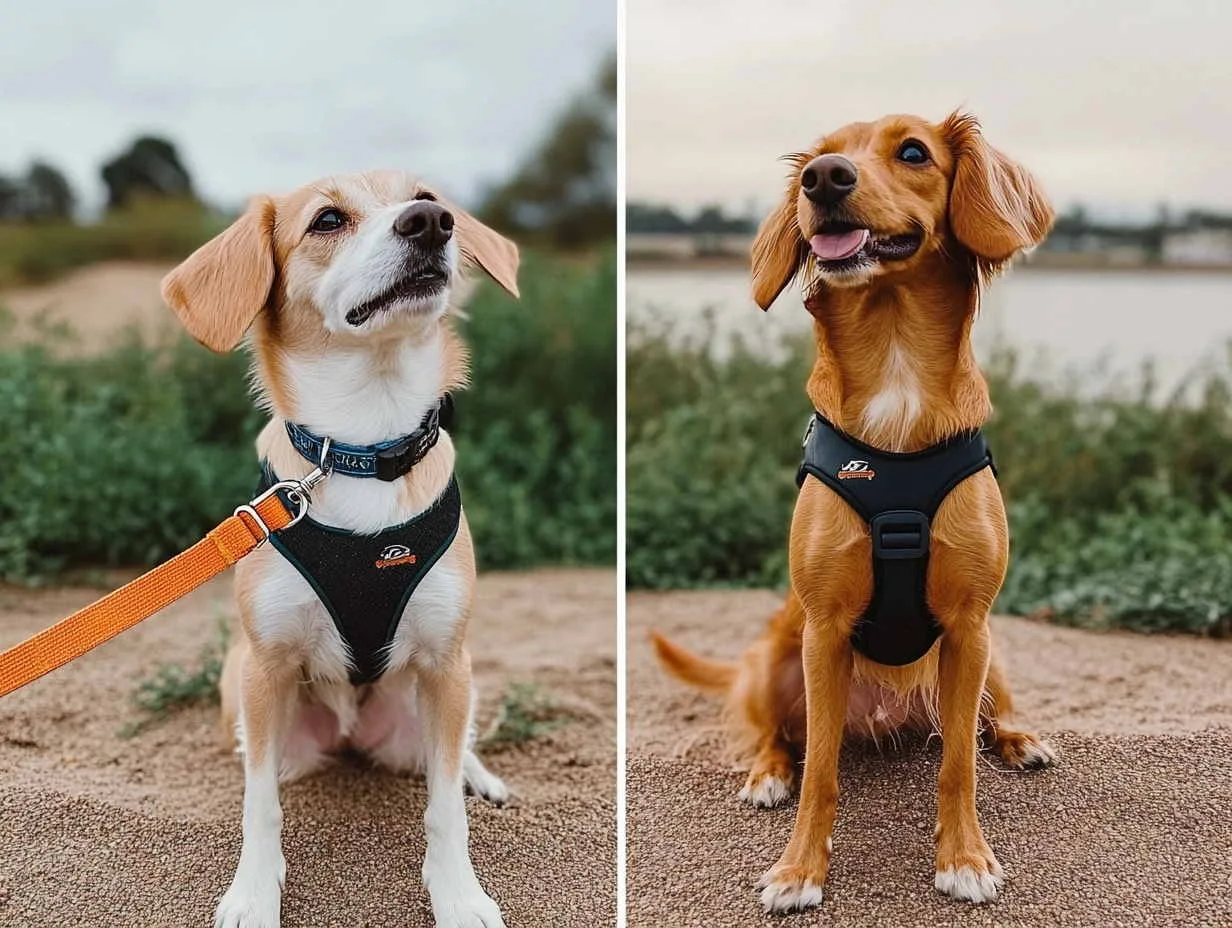
In today’s public dog parks, two dog walkers are having a conversation. The leather collar of a Golden Retriever glistens gently in the sunlight, while the fluorescent-colored harness of a Corgi bounces lightly with each step. This silent exchange reveals a common dilemma faced by all dog owners: Should you use the traditional collar or the more modern harness? With the advancement of technology, smart pet collars have also emerged. How have the roles and meanings of collars and harnesses evolved in today’s pet care environment?
In the past, traditional dog collars featured a metal buckle that would press against the dog’s neck when gently pulled, prompting the dog to instinctively raise its head. This behavior stems from their primal genetic memory, associating neck restraint with social hierarchy. Many professional dog trainers and behaviorists still use slip collars as a tool for obedience training, leveraging the dog’s biological instincts to transmit commands through controlled pressure.
The introduction of harnesses has significantly reduced the risk of injury from sudden pulling, particularly damage to the trachea. Studies have shown that high-quality harnesses are designed to distribute the pulling force evenly across multiple points, significantly reducing the pressure on the dog’s chest compared to traditional collars. In some cases, the pressure exerted by a harness on the chest is much less—up to one-seventh of that caused by a collar.For active breeds like Huskies, a harness acts as a cushion, absorbing the shock when they suddenly take off, with the force dissipating across the broad muscle groups of their backs.
Whether on e-commerce platforms like Amazon or at offline pet expos, you can find a wide range of specialized harnesses designed for different dog breeds. These harnesses vary in material, with options like breathable mesh for short-nosed breeds and reinforced underarm support for Greyhounds. It’s clear that urban dog ownership is now moving towards customized solutions, tailored to each dog’s unique needs.
Does this mean traditional collars are outdated? Not at all. Traditional collars still hold significant value in certain training scenarios. For example, Guide Dogs UK insists on using specially designed collars during early-stage training, focusing on identification and basic obedience. For thick-coated breeds like the Samoyed, wearing a harness all day may cause skin irritation, making a lightweight leather collar a more comfortable option.
As pet ownership becomes more refined, so does the approach to caring for our dogs. Pet owners—especially within Generation Z—are increasingly seeking efficient, safe, and healthy solutions. This is where smart collars come in. Smart dog collars now occupy a prominent place in the pet market, offering features like invisible fences that keep dogs safely in the yard, acting as a sort of invisible owner watching over them. Health monitoring features track the dog’s diet, exercise, and even sleep patterns. Take Smart Pets Home(SPH)’s smart collar, for example, which offers additional functions like recall, training voice modes, and health checks for sleep and activity.
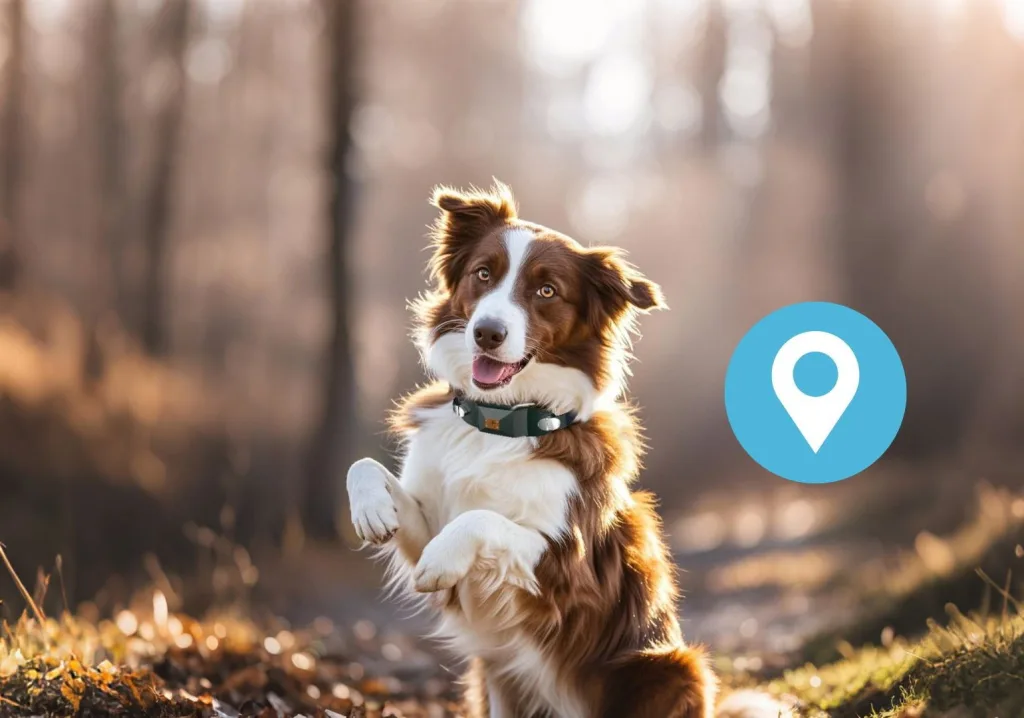

A study by the Seattle Canine Welfare Organization showed that dogs that alternated between using a collar and a harness displayed better adaptability. Using a collar during morning training reinforces the link between commands, while switching to a harness in the evening for a walk allows dogs to freely explore and sniff around. This balance caters to both behavioral training needs and the dog’s natural curiosity. Many dog owners have shared similar sentiments, such as one Reddit user who said, “Harness for big walks, collar for quick ones.” Clearly, the roles of traditional collars and harnesses are complementary, with the smart collar adding an extra layer of enhancement.
If you’re a dog owner, these tools are essential for your dog’s safety and well-being. However, no matter which one you choose, remember the “three-finger rule” suggested by seasoned dog trainer Marina: Whether you’re using a collar or a harness, always ensure that there’s enough room between the strap and your dog’s skin to comfortably fit three fingers.
